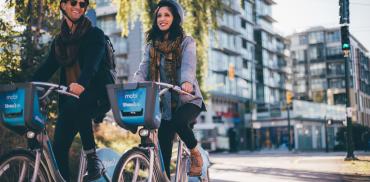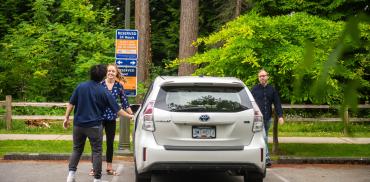To help meet the transportation targets of the UBC Vancouver Land Use Plan and Climate Action Plan, UBC encourages and supports the use of sustainable modes of transportation through incentives, ongoing engagement with the campus community and continued collaboration with TransLink to improve transit service. UBC is also continuing efforts to bring a rapid transit connection to UBC.
Image
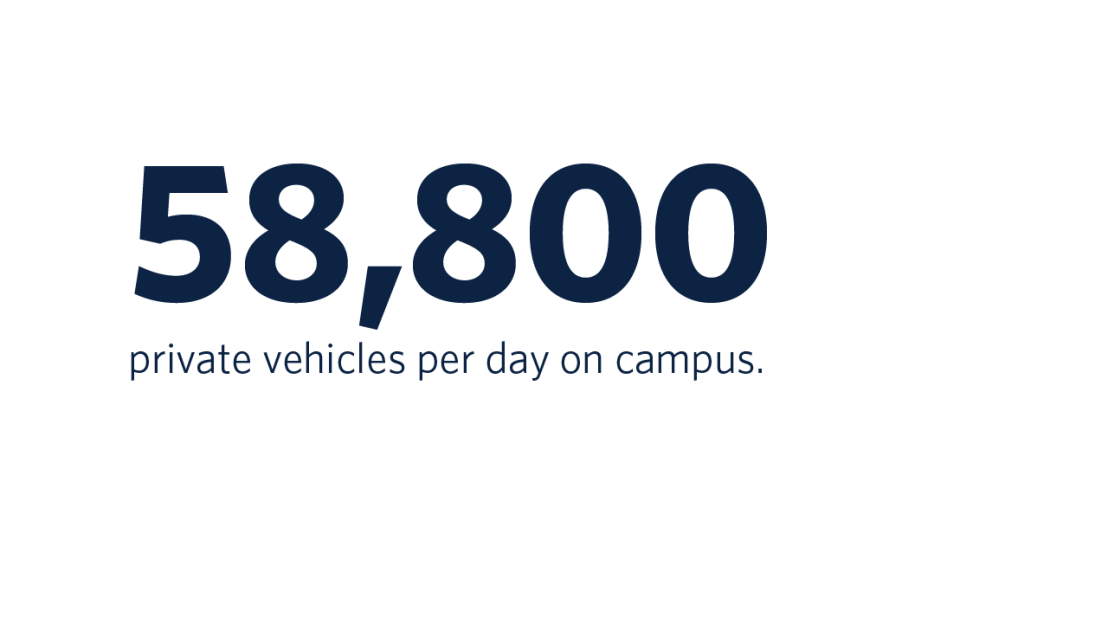
| Target How we're doing Private automobiles include overall vehicle traffic (e.g. single occupant vehicles and carpools/vanpools). |
Image
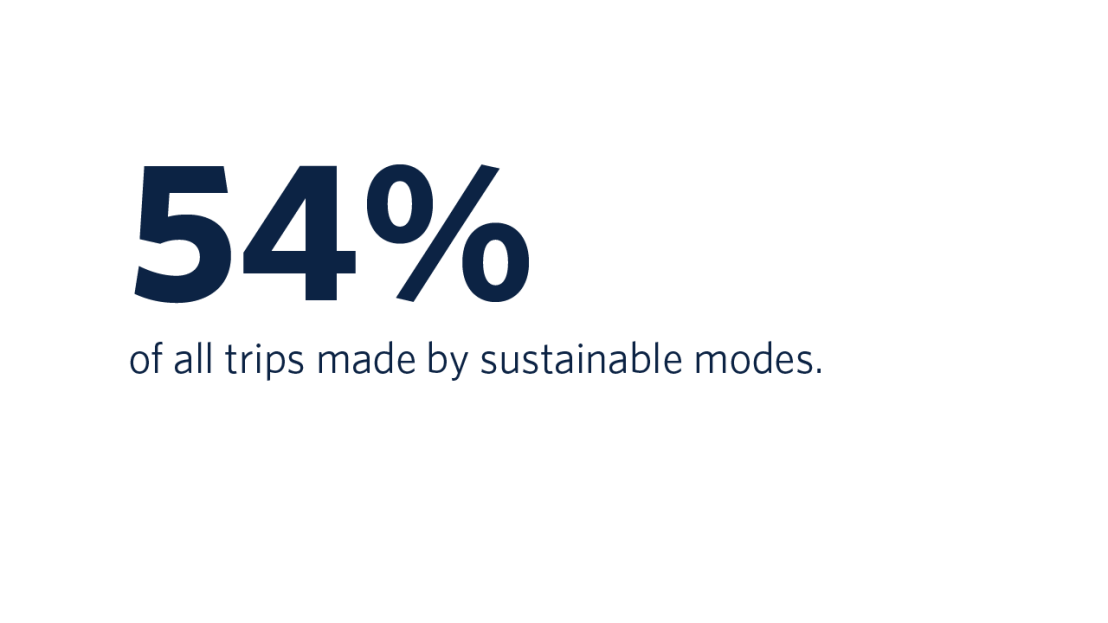
| Target How we’re doing |
Image
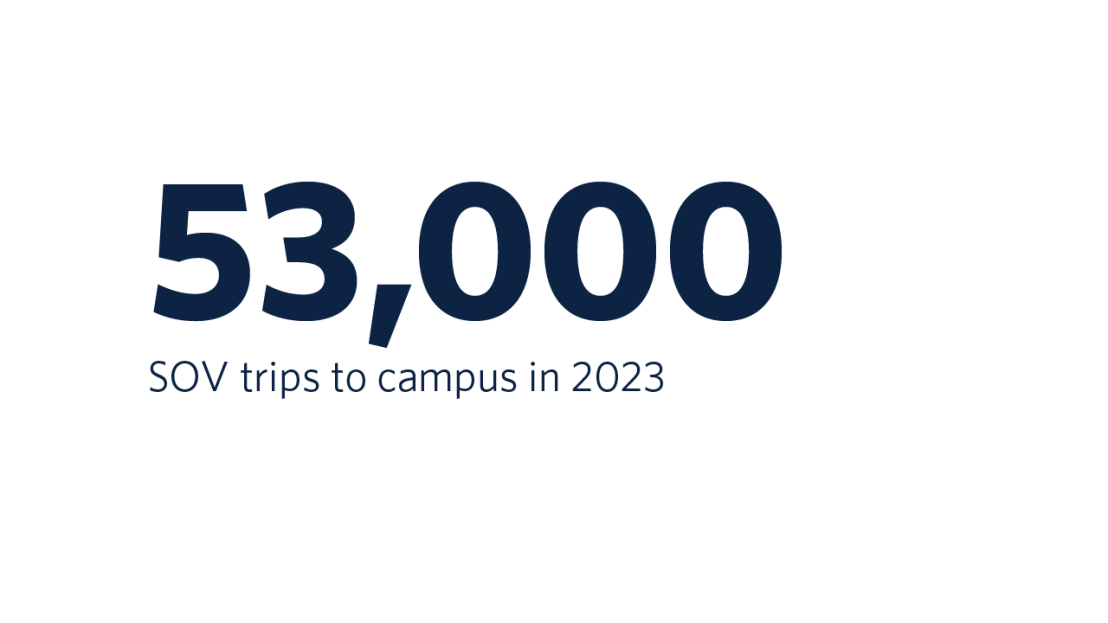
| Target How we're doing |
